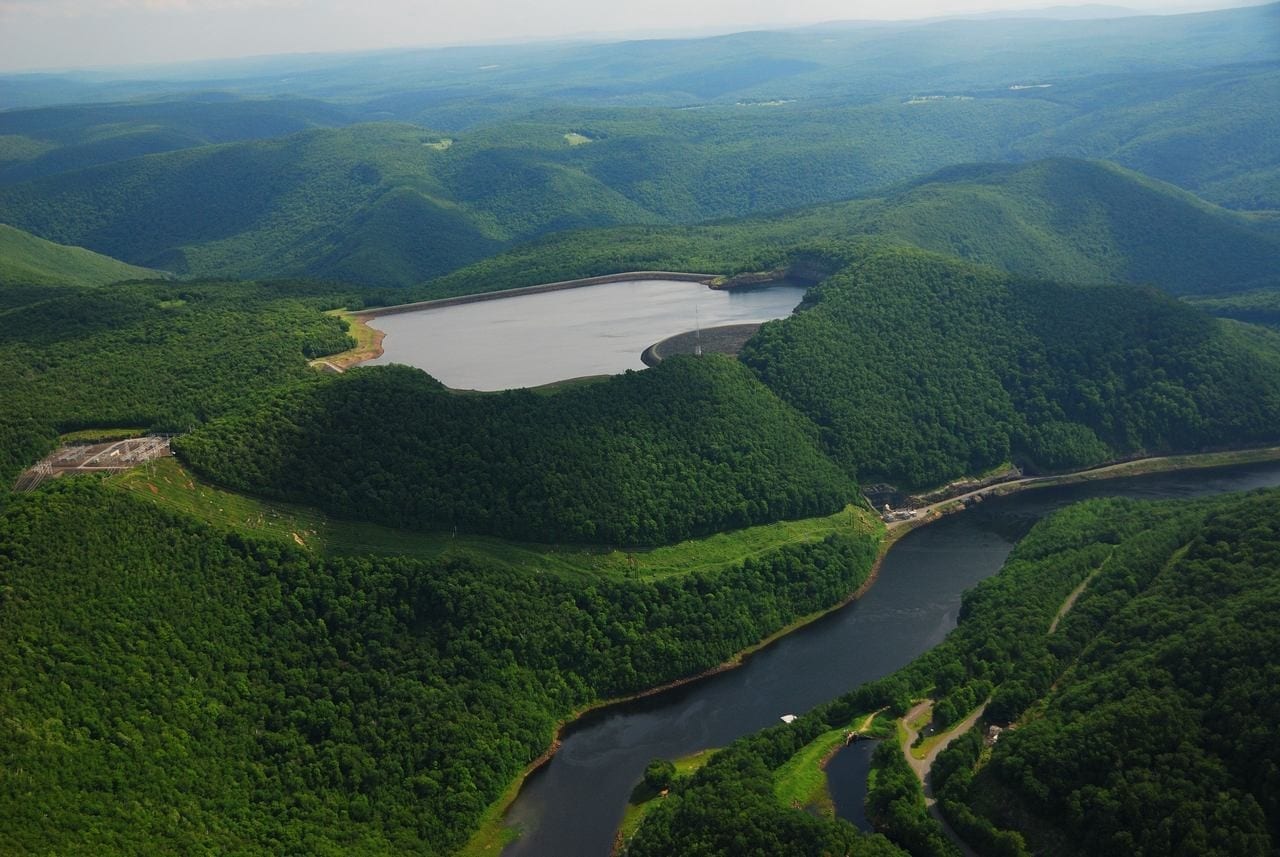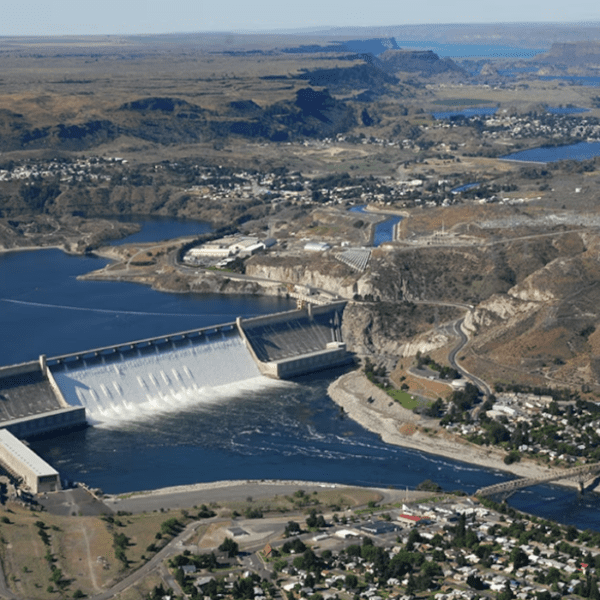At a session during the recent Clean Currents 2021 Conference + Tradeshow in Atlanta, a group of speakers dug into the challenges for existing owners and developers of new pumped storage.
The group was led by Rick Miller, senior vice president, renewable energy services, HDR, a self-described “pumped storage apostle,” who shed his evangelist ways and asked the group to put aside all the talk of the benefits of pumped storage and instead focus on the challenges.

While long-duration pumped storage offers a ton of value to the transmission grid, there hasn’t been any new pumped storage hydro built in the United States since the 1990s. Why not? That question is what Miller’s panel was all about.
Rather than “chest-thumping” about how great the oldest storage technology is and its promising role in the clean energy transition, the panelists rolled up their sleeves and dug into the thorny challenges pumped storage hydro is facing.
This is exactly the discussion we needed to hear if we are going to make headway in an industry transfixed by shiny new objects like lithium batteries.

Different perspectives
To some degree, the challenges facing pumped storage hydro (PSH) depends on where you sit: existing assets owners are facing market headwinds, private developers of new projects have another set of issues, and investor-owned utilities who are examining PSH have an entirely different set of difficulties.
The speakers in the session represented each of these perspectives.
Existing owners

The panel heard from Justin Trudell, vice president of operations at FirstLight Power, the owner of the 1,200-MW Northfield Mountain pumped storage project and the 29-MW Rocky River project, the oldest PSH in the U.S. with more than 100 years of operation. Trudell outlined the difficulties facing existing asset owners in competitive markets. One of these central challenges, in New England and in other regional transmission organizations (RTOs), is declining energy and capacity prices and a lack of efficient exit of resources we don’t need. For instance, ISO-NE has a pay for performance style capacity market (meaning you get money for showing up during peak times and you are penalized when you don’t). The problem is the grid operators have not called any emergencies to trigger these pay-for-performance events and thus generators are all paid the same amount of money even if they never run.
These so-called Zombie generators (background on this issue here) hang around while incurring no O&M costs and they survive on very low capacity prices. Meanwhile, Northfield Mountain, which cycles every day chasing fewer and fewer arbitrage opportunities, incurs more O&M while receiving the same money. Capacity markets must value the resources the system relies on rather than capacity that rarely runs and doesn’t retire leading to a surplus of “paper” capacity and a deficit of “performing” capacity. Equal pay for equal work.
But according to Trudell, it’s not all gloom and doom. Just as PSH paired with nuclear in the past, now it has a chance to pair with offshore wind in the future. Massachusetts alone is mandating 5 GW of offshore wind to meet their future energy needs. Offshore wind, with its lower capacity factors, could receive more market revenue if it teamed up with a long-duration storage facility to firm up its profile. Here’s hoping.
Private developer of new PSH

Rye Corporation, represented by vice president of project management Michael Rooney, is developing several PSH projects in the west including Swan Lake, a fully licensed, 400-MW project in southern Oregon. Michael explained that, as states in the west move toward decarbonization (Oregon, California, and Washington all have 100% clean energy mandates), utilities are looking closer at all storage options including longer duration storage. However, these utilities who don’t own existing PSH are less familiar with their operations. So education seems to be a bit of a barrier. In addition, the large upfront costs of the facilities mean that utilities view them as somewhat risky investments. What happens if a newer, cheaper longer duration storage technology becomes commercial in 10 years? And finally, Rooney explained that utility integrated resource planning (IRP) processes typically only look 5 years out. While some utilities are beginning to define longer term storage needs (Pacificorp called for 500 MW of PSH by 2040), these IRP timelines do not necessarily line up with PSH development timelines that can take up to 10 years to permit and construct.
But all is not lost for private developers. Utilities and regulators are beginning to understand that we will need significant amounts of long duration storage to maintain reliability in a low carbon grid. California, representing the largest market for storage globally, is already calling specifically for longer duration storage.
Investor-owned utility

Mike Bush, manager of generation planning and development at Southern Company (parent company of Georgia Power and Alabama Power) described his perspective leading Southern Company’s integrated resource planning efforts for the utility. They recently filed a preliminary permit for PSH project in Alabama. Bush detailed his efforts to plan around a changing fleet as they transition out of coal and invest more in renewables. Storage will be a key part of the Southern Company portfolio in the future. He explained that they need to value all the services correctly to ensure every storage technology is compared accurately. This includes inter-hour flexibility which is becoming more important with the addition for wind and solar on the grid.
Main takeaway
The challenges facing pumped storage hydro are great to be sure. But they aren’t insurmountable.
Let’s all take Rick Miller’s advice: let’s roll up our sleeves and focus on addressing these challenges.
Nobody ever built anything by chest thumping.










